
Analytica House
Eyl 3, 20226 Maddede User Generated Content (UGC) Nedir?
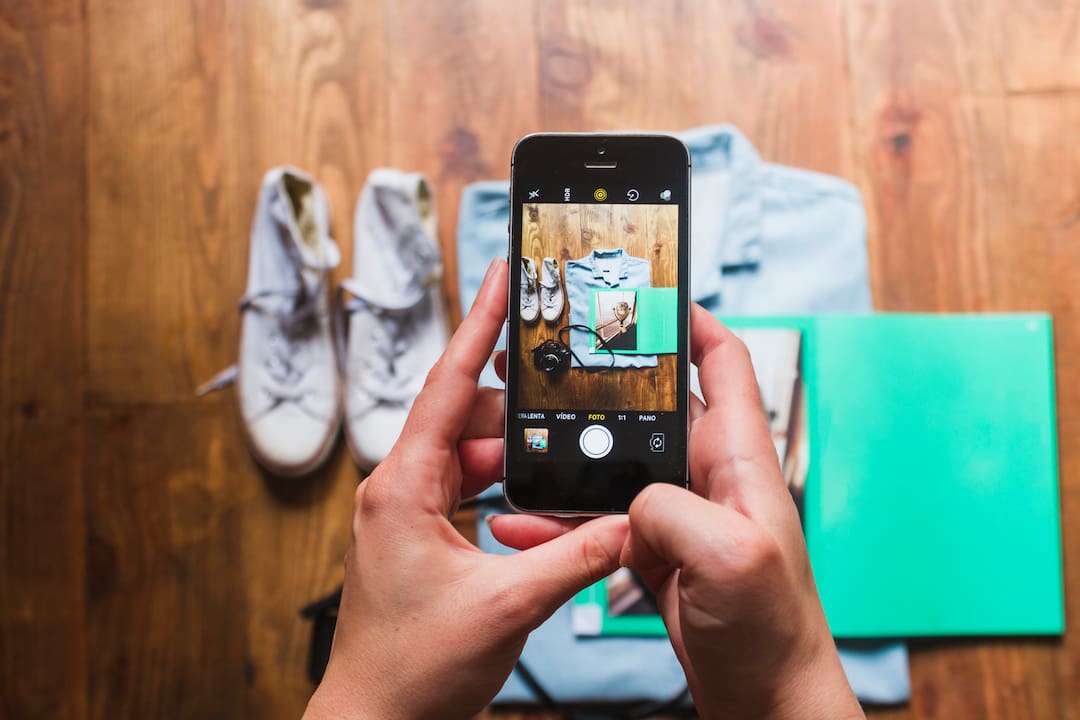
1) Kullanıcı Tarafından Üretilen İçerik (UGC) Nedir?
Kullanıcı Tarafından Üretilen İçerik, markaların pazarlama stratejileri doğrultusunda çeşitli yaratıcı kurgularla üretilen içeriktir.
Kullanıcı Tarafından Üretilen İçerik (UGC) Nasıl Kullanılır?
UGC, markalar tarafından üretilen içeriklere göre daha doğal ve samimi hissettirdiği için daha fazla dikkat çeken bir içerik türüdür. Bu nedenle markalar genellikle bu tür içerikler üretmek ister. Geniş bir perspektiften bakıldığında, kullanıcı tarafından üretilen içerik hem marka hem de içeriği oluşturan kullanıcı üzerinde etkilidir. Markalar ekstra bütçe harcamadan kendilerini doğal bir şekilde tanıtırken, içeriği oluşturan kullanıcı, markanın içeriğini kendi hesabında paylaştığında kitlesini artırma şansına sahip olur. Böylece her iki taraf için de önemli ölçüde katkı sağlayan bir kazan-kazan stratejisi oluşur.
2) İstatistiksel Verilerle Kullanıcı Tarafından Üretilen İçerik
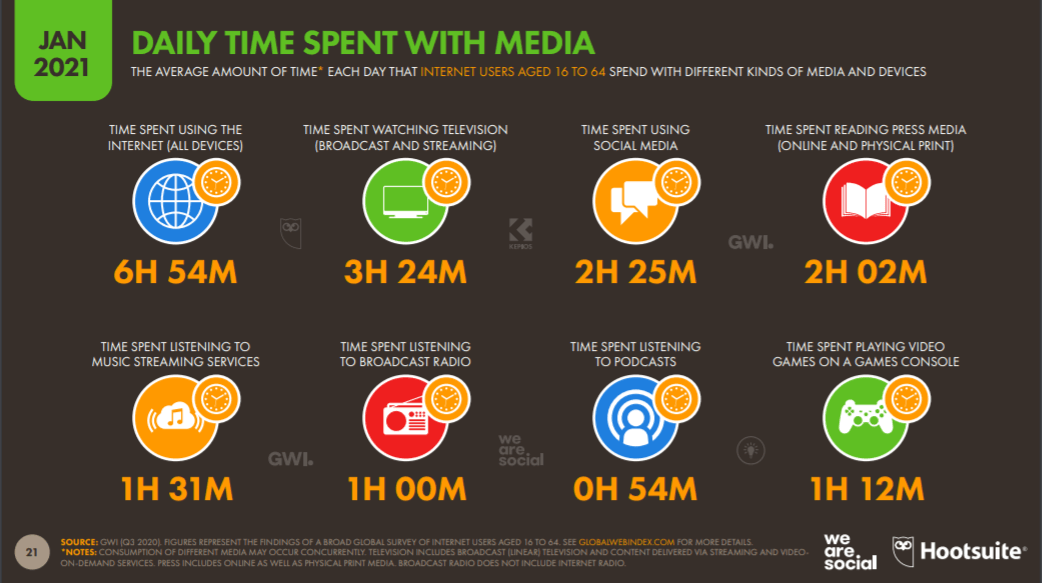
We Are Social Digital 2021 raporuna göre, dünyada 4,2 milyar sosyal medya kullanıcısı bulunmaktadır. Bu, dünya nüfusunun %59'una karşılık gelmektedir. Markaların %72'si, kullanıcı tarafından üretilen içeriğin müşterilerle bağlantı kurarken yardımcı olduğunu ve müşterilerin markaya olan güvenini artırdığını söylüyor. Markaların %87'si kendi içeriklerini paylaşırken Kullanıcı Tarafından Üretilen İçeriği (UGC) kullanmaktadır. Bunun nedeni, reklamların güvenilirliğinin kullanıcı tarafında azalması ve deneyime daha fazla önem verilmesidir.
2021 Kullanıcı Tarafından Üretilen İçerik Raporuna göre, tüketicilerin %90'ı kullanıcı tarafından üretilen içeriği faydalı bulmaktadır. Bu nedenle, etkileşim almak ve kullanıcıların güvenini artırmak isteyen markalar, Kullanıcı Tarafından Üretilen İçeriği tercih etmektedir. Öte yandan, profesyonel olarak oluşturulmuş içeriklere göre çok daha maliyet etkili olması, markaları bu stratejiye yönlendiren en büyük faktörlerden biridir. Genel olarak, her 10 kullanıcıdan en az 8'i, UGC’nin daha önce hiç duymadıkları bir ürünün marka kalitesini gösterdiğini ve satın alma kararlarını olumlu etkilediğini ifade etmektedir.
Tüketicilerin %90’ından fazlası, bir ürün veya hizmeti satın alırken olumlu yorumlardan etkilenmektedir. Tüketicilerin %64'ü bir ürün veya hizmeti satın almadan önce çeşitli sosyal medya kanallarında yorum ve değerlendirmeleri araştırır ve ardından karar verir. Bu durum, kullanıcıların birbirini ne kadar etkilediğini göstermektedir.
Markaların %93’ü, sosyal medyadaki videolar sayesinde yeni bir müşteri kazandıklarını söylüyor. Ortalama olarak, bir marka için kullanıcılar tarafından oluşturulan ürün veya hizmet videoları (kutudan çıkarma, ürün inceleme videoları vb.), YouTube’daki resmi marka videolarından 10 kat daha fazla izlenmektedir. Bu nedenle, kullanıcı tarafından oluşturulan videolar genellikle daha yüksek izlenme oranları ile sonuçlanır.
Covid-19 Döneminde Kullanıcı Tarafından Üretilen İçerik Nasıl Kullanıldı?
Özellikle son 2 yıldır dünya genelinde süren pandemi nedeniyle, markalar ile tüketiciler arasındaki ilişkiler tamamen değişti. Uzun süreli karantina ve sokağa çıkma yasakları, broşürler, billboardlar, toplu taşıma reklamları gibi geleneksel pazarlama stratejilerini aksattı. Pandeminin getirdiği yeni koşullara uyum sağlamak için markalar, pazarlama stratejilerini değiştirdi ve dijital pazarlamaya daha fazla odaklandı.
Alışveriş merkezlerinin kapalı olduğu ve sosyal mesafenin günlük yaşamın en önemli kuralı olduğu bu zor zamanlarda, Kullanıcı Tarafından Üretilen İçerik hem fiziksel olarak ürünleri deneyimleme şansı olmayan tüketiciler hem de bu dönemde başarılı bir pazarlama stratejisi arayan markalar için en etkili alternatiflerden biri oldu.
3) Kullanıcı Tarafından Üretilen İçerik Örnekleri
We Are Social ve Hootsuite tarafından ortak yayınlanan “Global Overview Report” verilerine göre, kullanıcılar tüm cihazlardan sosyal medyada günlük ortalama 2,5 saat geçirmektedir. Bu nedenle, günlük yaşamımızda kullanıcı tarafından üretilen içeriklere sıkça rastlamak mümkündür. Kullanıcı Tarafından Üretilen İçerik örneği, arkadaşınızın denediği yeni bir ürün hakkında tweet atması veya bir otele gittiğinde odasını ve ortamını otelin adını belirterek hikayesinde paylaşmasıdır. Bu tür durumlarda kullanıcı tarafından üretilen reklamlar öne çıkar.
Apple, Netflix, Starbucks gibi global markalar, kampanyalarının etkinliğini artırmak için ürünlerini pazarlamak amacıyla kullanıcı tarafından üretilen içerik sosyal medya kampanyalarını giderek daha fazla yürütmektedir.
Coca Cola

Coca-Cola, ürünlerinde en popüler 150 ismi yazdığında, dünya genelinde büyük talep gördü. Herkes kendi adını Coca Cola şişelerinde bulduğunda paylaşım yaptı ve genellikle olumlu geri dönüşler alındı. İnsanlar Coca Cola’yı sosyal medyada sürekli paylaşmaya başladı. Share Coke kampanyası, dünya genelinde 80'den fazla ülkede popüler hale geldi.
Apple

Başarılı bir diğer örnek, Apple’ın #ShotOnIphone kampanyasıdır. Apple, kullanıcıların iPhone’larda düşük ışıkta çekilen fotoğraflardan memnun olmadığını fark ettiğinde, iPhone’un kamerasına olan güveni geri kazandırmak için bu kampanyayı başlattı. Kampanyanın teması, iPhone kullanıcılarının düşük ışıkta fotoğraf çekip sosyal medyada paylaşmalarıydı. Toplanan fotoğraf ve videolar, YouTube’da “Shot on iPhone” başlığı altında paylaşılan en güzel içeriklerle birleştirildi. Böylece hem marka güveni geri kazanıldı hem de kullanıcılar arasındaki bağ güçlendirildi. Günümüzde Instagram’da #ShotOnIphone etiketi ile 22.339.418 gönderi bulunmaktadır.
Netflix
Netflix’in en popüler dizilerinden biri olan "Stranger Things", ilk sezonuyla büyük ilgi gördü. İkinci sezon başlamadan önce, dizinin adına dayalı Kullanıcı Tarafından Üretilen İçerik yaratmayı amaçlayan bir tanıtım yaptılar.
#StrangerThings2 etiketiyle, kullanıcıları garip şeyler paylaşmaya teşvik ettiler. Binlerce kişi #StrangerThings2 etiketi ile tuhaf fotoğraflar ve nesneler paylaştı. Böylece Netflix hesabıyla etkileşim de arttı. Netflix, bu kampanya sayesinde 2 hafta içinde yaklaşık 1 milyon izleyiciye ulaştı. Kampanyanın başarısının ardından, Netflix yaratıcı içeriklerle UGC üretmeye devam etti.
Dimes

Türk içecek markası Dimes, hedef kitlesine hitap eden sosyal medya kanalı TikTok’u kullanarak yeni ürünleri Milkshake ve Smoothie’yi tanıtmak için bir iletişim stratejisi oluşturdu. Öncelikle Türkiye’de gençler tarafından bilinen ve sevilen şarkıcı Aleyna Tilki ile bir klip çektiler. Klipte “takımını seç” diyerek kullanıcıya “bu düelde sen kimsin?” sorusunu sordular ve içerik üretmeye davet ettiler.
TikTok influencer’ı ile anlaşan Dimes, seçilen influencer’larla Smoothie ve Milkshake arasında bir tercih yaptırdı ve belirli bir koreografi ile dans etmelerini sağladı. Daha sonra diğer TikTok kullanıcılarının da bu dansları yapması beklendi. Hem offline hem de online olarak yürütülen bu strateji başarıyla sonuçlandı.
Migros
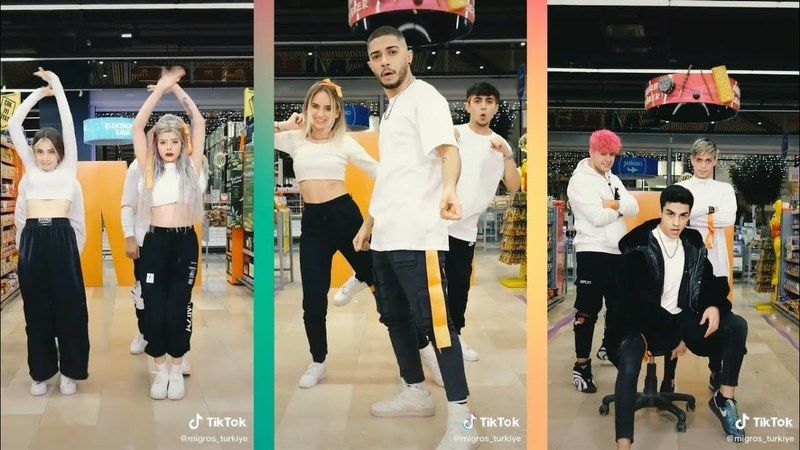
Türkiye’deki süpermarket zincirlerinden biri olan Migros, “Department Wars Challenge” projesi ile TikTok’ta kullanıcı tarafından üretilen içerik için verilebilecek güçlü bir örnektir. TikTok influencer’larından oluşan gruplar, Migros reyonlarının önünde özel dans koreografileri hazırladı. TikTok influencer’larının takipçilerini bu gönderileri beğenmeye ve Migros’u takip etmeye teşvik etti. Yarışmanın sonunda en iyi dans eden grubun takipçilerine 15.000 TL değerinde bir para ödülü verildi. Migros, bu proje başladıktan 48 saat sonra 130 bin takipçi kazandı. Aynı zamanda, 6,7 milyon yorum ve %74 etkileşim ile dünya rekoru kıran markalardan biri oldu.
4) Kullanıcı Tarafından Üretilen İçeriğin Faydaları Nelerdir?
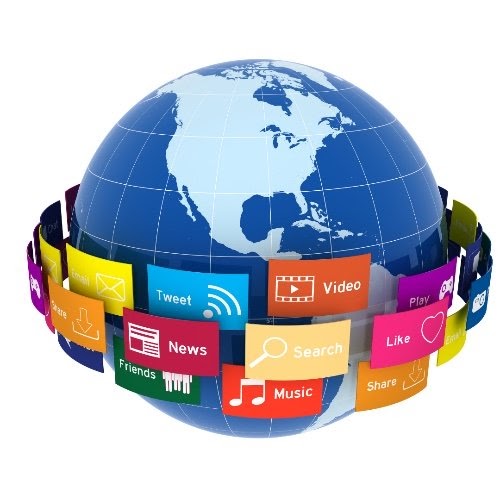
Tüketiciler, marka tarafından üretilen içeriklere kıyasla kullanıcı tarafından üretilen içeriği 2,4 kat daha gerçekçi bulmaktadır. Bu nedenle, iş birliği reklamlarından daha fazla etkileşim alarak daha geniş bir kitleye ulaşma potansiyeli vardır.
Ürün veya hizmet fark etmeksizin, tüketiciler satın almadan önce ürün veya hizmet hakkında detaylı bilgi almak ister. Bu ürünü veya hizmeti daha önce deneyimlemiş kişinin yorumları onlar için büyük önem taşır. Tüketicilerin %92’si tanıdıklarının önerilerine, %70’i ise çevrimiçi kullanıcı yorumlarına güvenmektedir. Marka, tüketici için güven oluşturduğunda, her şey daha kolay hale gelir ve birçok kullanıcı tarafından üretilen içerik faydası elde edilebilir.
Kullanıcı tarafından üretilen içeriğin satın alma karar süreci üzerinde büyük etkisi olduğu kesindir. Tanıdıkları kişiler tarafından paylaşılan içeriği gören kullanıcılar, paylaşılan ürüne veya hizmete ihtiyaç duymasa bile satın alma karar sürecine hızlı bir şekilde dahil olurlar. Yaklaşık %80 oranında kullanıcı, UGC’nin satın alma kararları üzerinde yüksek etkisi olduğunu ifade etmektedir.
5) Markalar İçerik Paylaşmadan Önce Kullanıcılardan İzin Almalı mı?
Marka, kullanıcıların içeriklerini kendi hesabından paylaşmadan önce her zaman izin almalıdır. Hikaye, gönderi veya reels fark etmeksizin paylaşım, kullanıcıların onayıyla yapılmalıdır. Markaya sadakatin önemli olduğu bu tür içeriklerde, marka kimliğine zarar gelmemesi için kullanıcı onayı önemlidir. Kullanıcıların %84’ü, iş yaparken maddi kazançtan çok değerli hissetmeyi önemser. Bu nedenle, markaların izin alarak kullanıcı içeriklerini paylaşması, hem değerli hissetmelerini hem de markanın bir parçası olmalarını sağlar.
6) UGC Oluşturmayı Teşvik Ederken Nelere Dikkat Edilmelidir?

Markalar, marka kimliklerini bilmeli ve hedef kitleleri ve ilgi alanlarına uygun bir sosyal medya platformu seçmelidir. Genellikle markalar Instagram üzerinden ilerlemeyi tercih eder. Ancak, son dönemde hızla büyüyen TikTok, hedef kitleye uyuyorsa bu tür içerikler için ideal bir platformdur.
Bu aşamada marka, hedef kitlesini iyi tanımalı ve marka farkındalığına aykırı olmayacak bir stratejiyle ilerlemelidir. Hangi kanalda daha aktif olunduğu değil, kullanıcıların hangi kanalda markayla daha fazla etkileşim kurmak istediği dikkate alınmalıdır.
Kullanıcı tarafından üretilen içerik oluşturmadan önce, belirli hedefler koymak ve bir yol haritası hazırlamak önemlidir.
Tüketicilerin yarısı, içerik oluştur
More resources

Google MMM ile Satış Artışlarını Doğru Ölçmenin 5 Yolu
Google MMM (Marketing Mix Modeling), pazarlama karması modellemesi olarak bilinen bu yöntem, çerezsi...
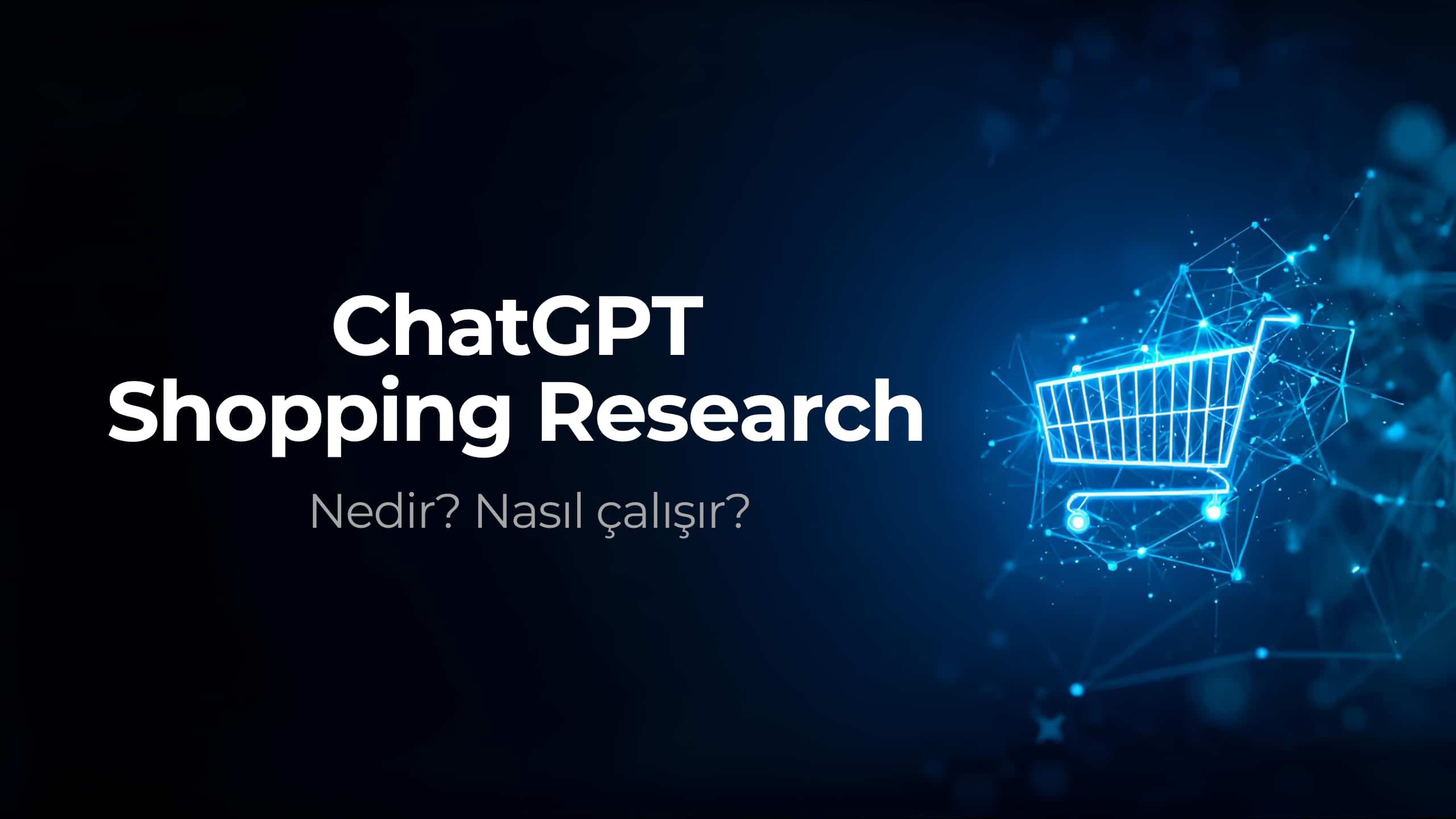
ChatGPT Shopping Research Nedir? Nasıl Çalışır?
ChatGPT Shopping Research, kullanıcıların alışveriş araştırmalarını hızlandıran yapay zeka destekli...
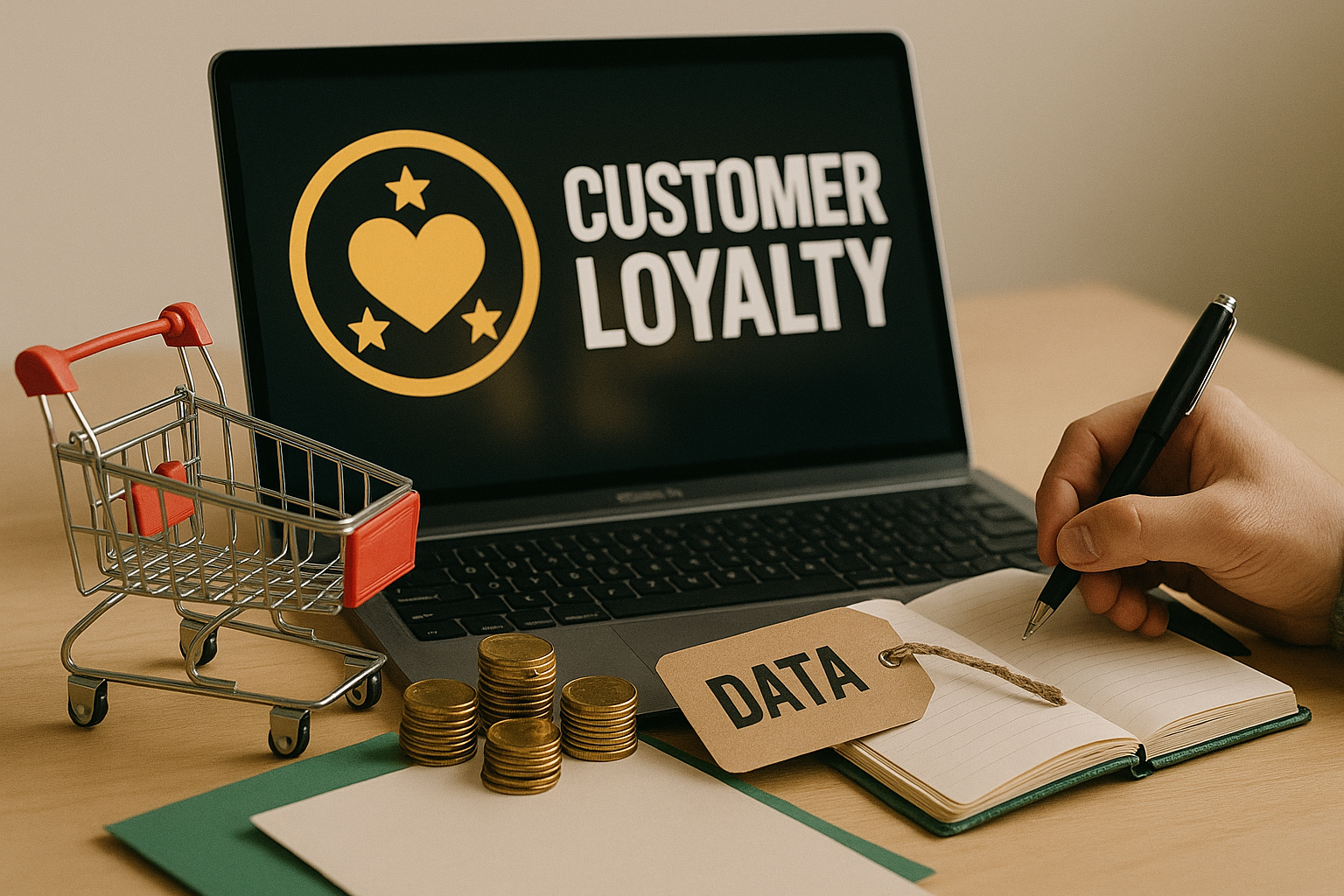
Black Friday Sonrası Sadık Müşteri Kazanmak İçin Veri Tabanlı Taktikler
Sadık müşteri kazanımı, Black Friday sonrası dönemde e-ticaretin en stratejik hedeflerinden biridi...

